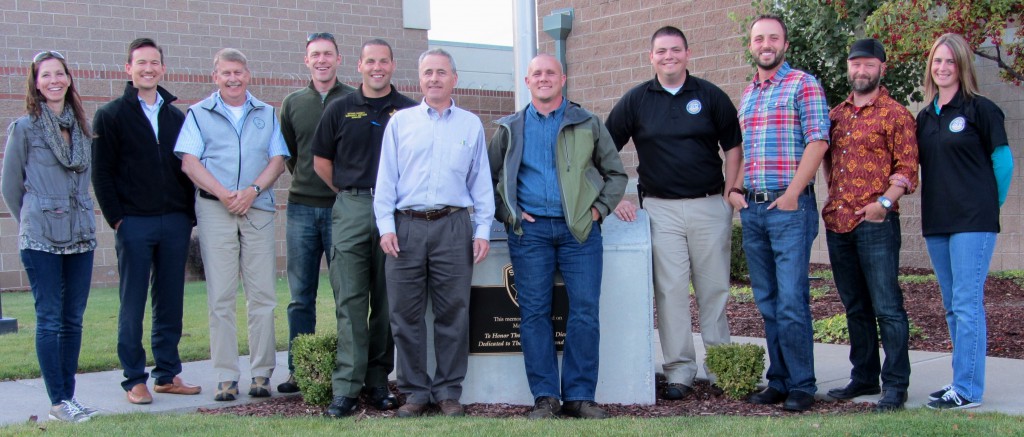
It’s been an eventful year. Twelve months ago, I had a very limited understanding of planning and an even smaller amount of hands-on experience. When I started down the road as a planner, I had assumed I would get involved in some of the more glamorous aspects of planning such as transportation or smart growth development. I had never considered natural hazards planning glamorous until January when my Community Planning Workshop group worked with the City of Madras to integrate their Natural Hazards Mitigation Plan (NHMP) into their comprehensive plan. Since starting that CPW-Oregon Partnership for Disaster Resilience (OPDR) project, I’ve gotten more involved with and knowledgeable of the benefits of natural hazards mitigation planning. After my project ended in June, I was sad to think my new found interest in hazard planning had come to an end.
Much to my surprise, I was selected to attend a two-day hazard mitigation workshop this past September. The workshop was facilitated by the Federal Emergency Management Agency (FEMA) and focused on local mitigation planning. Local city emergency managers, sheriffs departments, representatives from Oregon Emergency Management and the Department of Land Conservation and Development, and other organizations across the state and northwest (including Alaska and Washington) were in attendance.
The workshop was very valuable considering my previous CPW project involved all the concepts that were being taught in the workshop. A lot of the information and recommendations that were demonstrated were the same lessons that I had learned through the trial and error of my CPW project. The training also helped me understand why certain policies are in place. I can now look at planning requirements and understand their importance instead of seeing them as arbitrary boxes that need to check off.
After attending the workshop, hazards mitigation planning is just as much an important and essential planning discipline as transportation planning. That notion was reinforced the next day while working a fair in Lincoln City aimed at increasing residents’ awareness and preparedness for natural hazards. While at the fair, I displayed Lincoln County Risk Maps that showed the potential impact of a tsunami along the Oregon coast, and chatted with visitors, primarily area residents, about our risk maps, the tsunami and natural hazards planning. Because of the training and my previous work experience with my CPW project, I knowledgeably and confidently explain why residents should be aware of potential hazards and why taking a proactive approach to eliminating or reducing the impacts is the best solution for the community. It was a rewarding experience and I was humbled when residents would sincerely thank me for helping their community be more prepared for natural hazards.
 About the Author: Drew Pfefferle is a second year Community and Regional Planning graduate student and CPW graduate teaching fellow (GTF). He is from Twin Falls, Idaho and graduated from California State University Chico with a degree and Parks and Recreation Administration.
About the Author: Drew Pfefferle is a second year Community and Regional Planning graduate student and CPW graduate teaching fellow (GTF). He is from Twin Falls, Idaho and graduated from California State University Chico with a degree and Parks and Recreation Administration.
